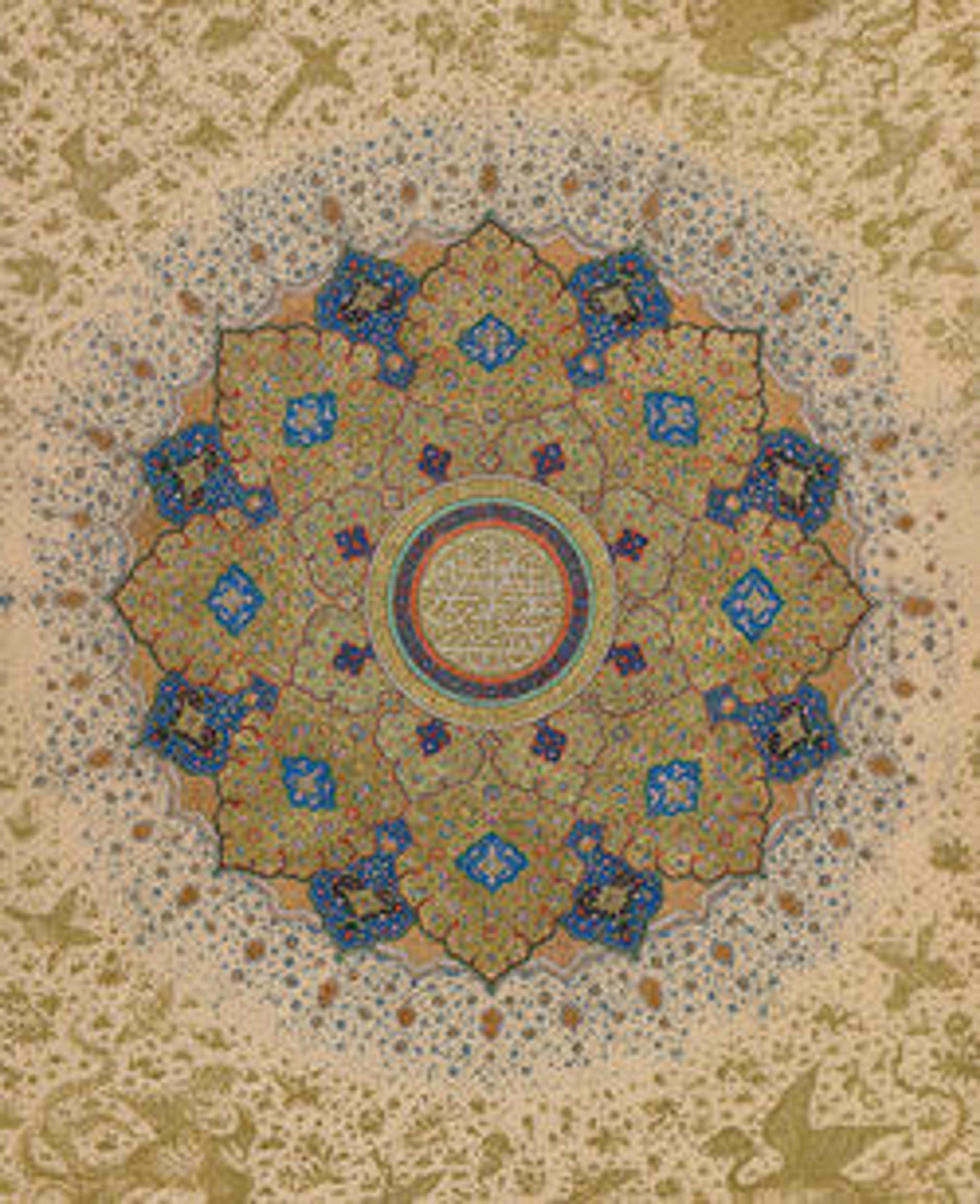"Hare", Folio from the Mantiq al-wahsh (Speech of the Wild Animal) of Ka'b al-Ahbar
This page from a zoological manuscript contains lines of text and two drawings of wild animals, a lion (recto) and a hare (verso). Although fragmentary pages with drawings are not uncommon from the Fatimid period, especially coming from the ruins of Fustat (Old Cairo), this is one of the earliest surviving folios from a once bound manuscript.
Artwork Details
- Title: "Hare", Folio from the Mantiq al-wahsh (Speech of the Wild Animal) of Ka'b al-Ahbar
- Author: Ka'b al-Ahbar (died 652/53)
- Date: 11th–12th century
- Geography: Found Egypt, probably Fustat
- Medium: Opaque watercolor on paper
- Dimensions: H. 6 3/16 in. (15.7 cm).
W. 4 3/4 in. (12.1 cm) - Classification: Codices
- Credit Line: Rogers Fund, 1954
- Object Number: 54.108.3
- Curatorial Department: Islamic Art
More Artwork
Research Resources
The Met provides unparalleled resources for research and welcomes an international community of students and scholars. The Met's Open Access API is where creators and researchers can connect to the The Met collection. Open Access data and public domain images are available for unrestricted commercial and noncommercial use without permission or fee.
To request images under copyright and other restrictions, please use this Image Request form.
Feedback
We continue to research and examine historical and cultural context for objects in The Met collection. If you have comments or questions about this object record, please contact us using the form below. The Museum looks forward to receiving your comments.
